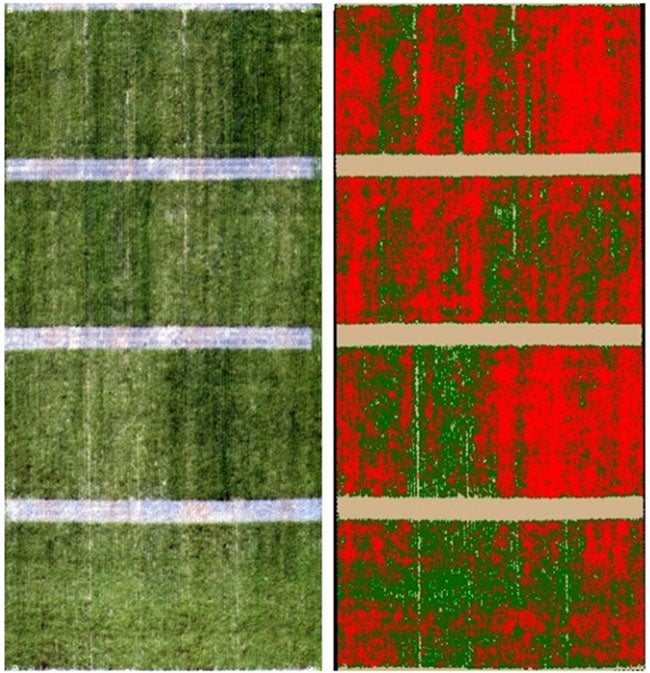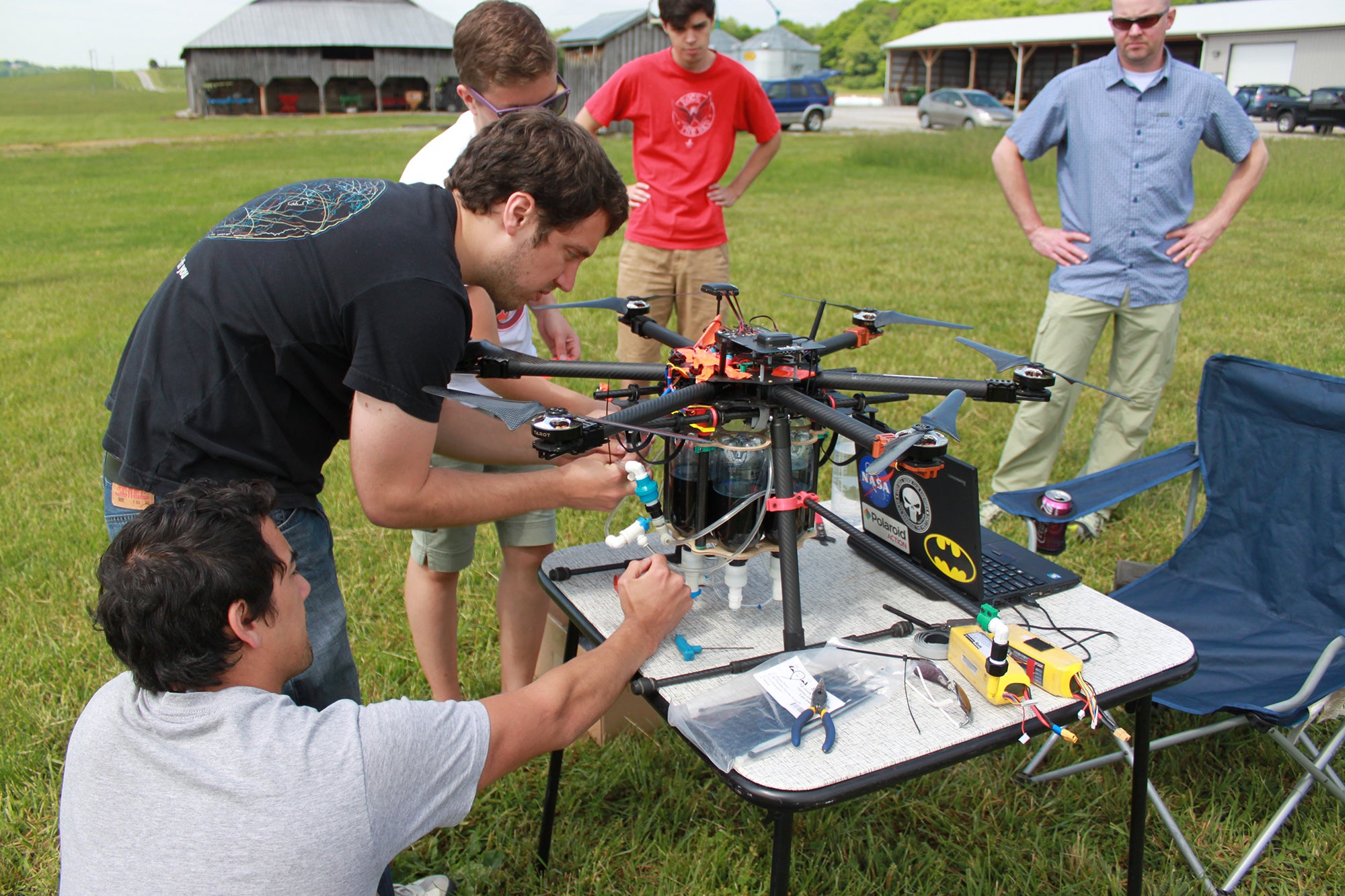While drones are definitely not new, they’re relatively new to being used broadly as a part of agriculture — and their adoption in this industry continues to grow. Ag is always on the lookout for new technologies, and drones are no exception. There are many ways drones are used in ag and there are even more opportunities to keep expanding the use of drones in the future.
First thing’s first, not just anyone can go fly a drone, especially if you’re using it in ag. To fly most sizes of drones (or call them unmanned aerial vehicles, if that’s your preference), you need to obtain a certificate from the Federal Aviation Administration and to register your drone with the FAA. Those who fly drones need to follow all rules and regulations that apply to drones, including things like flying at a safe height.
There are also separate certifications if you are using drones in ag, like when dispensing chemicals.
One thing drones can be used for is gaining information and helping farmers make decisions. Drones can include artificial intelligence and be equipped with advanced sensors and cameras that collect high-resolution aerial imagery, allowing farmers to assess the health of their crops and identify areas that require attention. This sophisticated programming can detect and record soil characteristics including soil type, moisture content, and nutrient content, as well as the location of drainage tiles, crop emergence and stand counts, identify weed species alongside how many and where the weeds are located, and even detect insects and diseases.

Data gathered before planting helps farmers make decisions about irrigation, drainage, and other soil needs like fertilizer. As crops grow, farmers can identify any issues with pests or disease and generally monitor their crops.
Through this data gathering, farmers can gain a lot of very useful information that helps them identify problems, decide where to focus their time and resources, and make informed decisions about what to do in their fields. Having access to this information can help farmers be more profitable since they can make faster and better decisions.
Another use for drones in ag is using them to apply pesticides. While farmers typically use sprayers or a plane to apply pesticides, drones are another option, especially for problem areas. The data drones gather can pinpoint where issues are and apply pesticides only to the areas that need it. This means farmers use less product, which saves the farmer money and is better for the environment. The use of drones for spraying may not become widespread in the near future, but changing regulations might make this option more appealing. Recently in the U.S., drones have been used to spot-spray weeds, apply fungicides to wheat crops, spray fields that are too wet for a sprayer to drive across, and help some farmers avoid soil compaction and crop damage that can occur from using a sprayer.

Just like how drones can apply crop protection products, they can also be used to apply cover crop seed or fertilizer. Drones can target fertilizer application just on the plants that need it, which saves money, time, and is better for the environment. The use of drones for this isn’t widespread yet.
Drones can also go places people can’t, or they can at least do it faster than we can. A drone equipped with a camera can be flown over a field after a storm so the farmer can watch and do an initial assessment of the damage. Drones can be flown over herds of cattle (especially ones in rough terrain) to check on cattle or fences. There are even drone systems that gather data while flying that can create 3D renderings of animals that can calculate market value. There are also programs that can assess forage quality, monitor water quality, and provide higher-quality flood risk models.
Drones are becoming such a big part of the future of ag that many colleges suggest students pursuing degrees in agronomy, plant science, precision ag, and similar majors take courses and obtain certificates in using drones. The use of drones in ag has already become a big focus of college classes and even high school ag classes. Drones are also a large focus of ag research and will continue to be moving forward.
The use of drones in ag has become widespread over the last few years. There are lots of uses for drones including gathering data and information to help farmers make informed decisions, precise applications of pesticides, seed, treatments, and fertilizer, and drones can go where people can’t. It’ll be exciting to see what new uses there are for drones in the future!
Michelle Miller, the Farm Babe, is a farmer, public speaker, and writer who has worked for years with row crops, beef cattle, and sheep. She believes education is key in bridging the gap between farmers and consumers.



